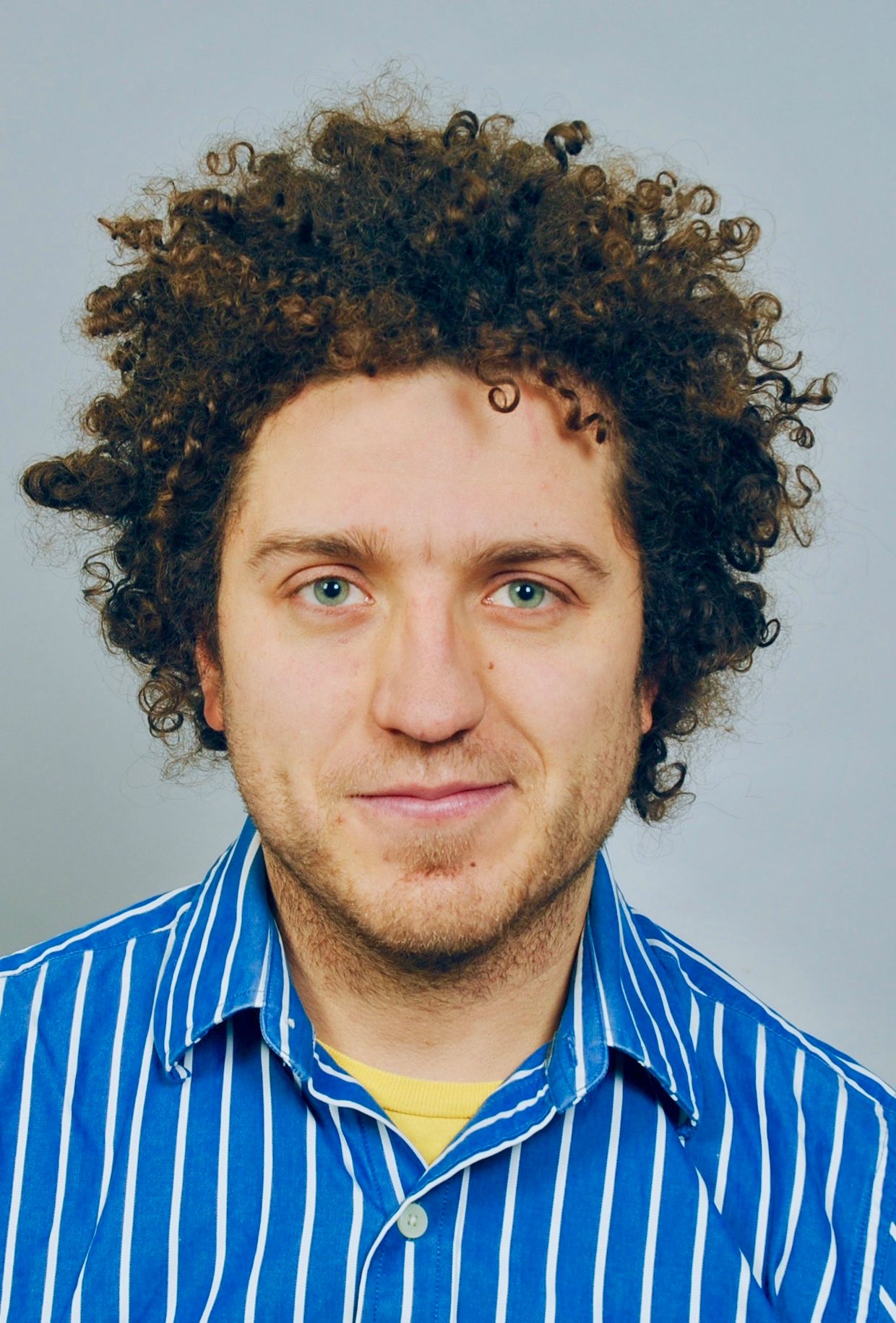Study Compares Treatment Modalities for Achieving Time in Range in Youth with T1D
An analysis of data from more than 5000 youths with T1D offers insight into the comparative ability of different treatment modalities for achieving glycemic control and optimal time in range.
Klemen Dovc, MD, PhD
Credit: International Society for Pediatric and Adolescent Diabetes

A study of more than 5200 children, adolescents, and young adults with type 1 diabetes (T1D) from a multinational cohort details the ability of real-time continuous glucose monitoring (CGM) combined with insulin pump usage to provide improved glycemic control in T1D.1
An analysis of patient data from the international Better Control in Pediatric and Adolescent Diabetes: Working to Create Centers of Reference (SWEET) registry, results of the study indicate real-time CGM users with concurrent insulin pump use were most likely to achieve more than 70% time in range, had higher adjusted time in range, and were least likely to experience severe hypoglycemic and diabetic ketoacidosis (DKA) events than their counterparts using intermittently scanned CGM with or without an insulin pump or those using real-time CGM without an insulin pump.
“In this large real-world multinational cohort study of outcomes in youths with type 1 diabetes using different treatment modalities, concurrent real-time CGM and insulin pump use was associated with an approximately 15% higher proportion of individuals achieving the recommended greater than 70% time in range clinical target, and adjusted time in range was approximately 9% higher compared with youths using any other treatment combination,” wrote investigators.
With the rapid onslaught of advancements seen with regard to diabetes technology many practitioners and care teams have been left with questions surrounding the most efficacious options for individual patients with T1D and whether this differed based on age. In the current study, Klemen Dovc, MD, and a team of colleagues from institutions across Europe, sought to provide clinicians with an overview of real-world trends in data related to achievement of time in range targets associated with different treatment modalities in younger populations with type 1 diabetes.
Leveraging data from the SWEET registry, which includes information from more than 95,000 individuals from 126 medical centers across the globe2, investigators obtained information related to a cohort of 5219 individuals for inclusion in the current study. For inclusion in the study, individuals with type 1 diabetes had to be younger than 21 years, have type 1 diabetes for longer than 6 months, report CGM use, and have at least 10 days of raw sensor data recorded between January 1, 2016, and December 31, 2021. As part of their inclusion in the SWEET registry, investigators were provided with data related to age, sex, diabetes duration, age at diabetes onset, total daily insulin dose, type of insulin administration, type of glucose monitoring, HbA1c level, and number of hospitalizations due to severe hypoglycemia or DKA.1
The primary outcomes of interest for the study were the proportion of patients in each modality achieving the recommended CGM-based targets, with these targets being greater than 70% time in range, less than 4% time below range, and less than 25% time above range. For the purpose of analysis, individuals were categorized into 4 treatment groups based on CGM use and insulin delivery modality:
- Intermittently scanned CGM with insulin pump use
- Intermittently scanned CGM plus injection use
- Real-time CGM with insulin pump use
- Real-time CGM plus injection use
The overall study cohort had median age of 14.4 (Interquartile Range [IQR], 11.2-17.1) years, a median duration of diabetes of 5.2 (IQR, 2.7-8.7) years, median HbA1c level of 7.4% (IQR, 6.8-8.0), and the median follow-up availability was 164 (IQR, 56-427) days. Initial assessments of treatment modalities revealed 850 participants (16.3%) were using intermittently scanned CGM with and 1231 (23.6%) without an insulin pump, and 2252 (43.2%) were using real-time CGM with and 886 (17.0%) without an insulin pump.1
In analyses adjusted for sex, age, diabetes duration, and body mass index standard deviation score, the proportion achieving the recommended greater than 70% time in range target was highest with real-time CGM plus insulin pump use (36.2% [95% CI, 33.9-38.4]), followed by real time CGM plus injection use (20.9% [95% CI, 18.0-24.1]), intermittently scanned CGM plus injection use (12.5% [95% CI, 10.7-14.4]), and intermittently scanned CGM plus insulin pump use (11.3% [95% CI, 9.2-13.8]) (P < .001). Further analysis revealed similar trends were presented for the proportions of patients achieving less than 25% time above range and proportion achieving less than 4% time below range. Investigators also pointed out the highest adjusted time in range was observed among the real-time CGM plus insulin pump users cohort, which achieved 64.7% (95% CI, 62.6-66.7) time in range.1
“These results underscore the synergistic effect of advanced diabetes technologies that should be more readily available to youths with type 1 diabetes for further improvement of diabetes-related clinical outcomes,” investigators added.1
Referneces
- Dovc K, Lanzinger S, Cardona-Hernandez R, et al. Association of Achieving Time in Range Clinical Targets With Treatment Modality Among Youths With Type 1 Diabetes. JAMA Netw Open. 2023;6(2):e230077. doi:10.1001/jamanetworkopen.2023.0077
- Sweet database. SWEET Database | SWEET initiative. https://www.sweet-project.org/sweet-database.php. Accessed February 20, 2023.